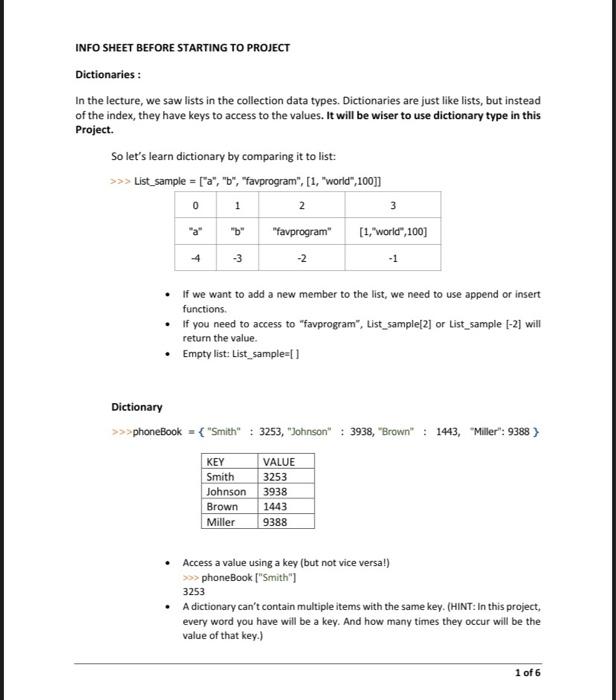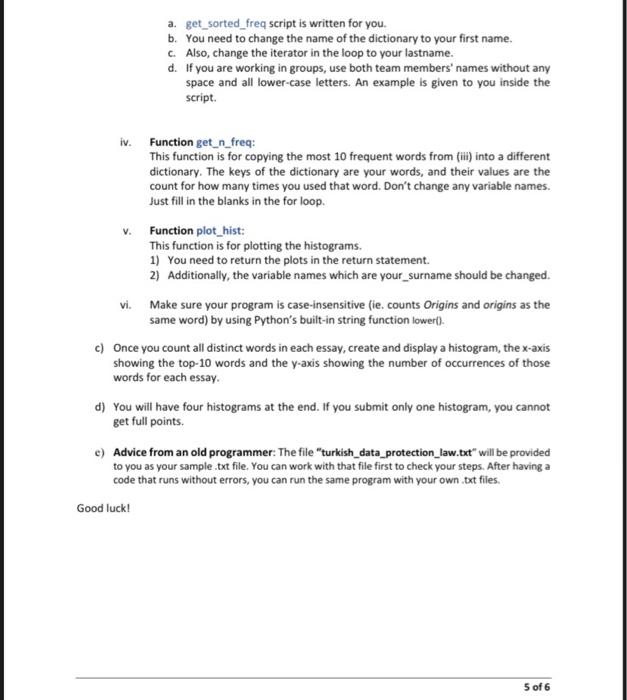first one
Unfortunately, nowadays, women are thrown into the background in certain sectors. Some circles interpret this as women's own will. However, no one wants to be deliberately put into the background. On the basis of stereotypes, besides social norms, women are fragile, genetically superior to men, women choose jobs, etc. reasons lie .Today, we see that women work in many professions and are successful if given the opportunity. In this article, based on my research, I will address the problems at the root of discrimination against women in the professional field and why it is not/cannot be caused by women.
According to Babcock, L., and Laschever's study as well as several individual interviews, women's unwillingness to negotiate leads to lower lowest wages, fewer women in professional leadership roles, and much worse workplace commitment and increase. Much of the discussion in the first half of the book is devoted to the notion that gender-related societal norms and expectations are a fundamental cause of the issues women face at the negotiating table .The writers use a huge amount of literature to explain that when women accept gender norms and bend to traditional views of a woman's place and value, they lose ground. As a conclusion based on what the author has mentioned, I do not think that any woman will willingly consent to a low salary, that her commitment to her job will decrease, and that she will want her work motivation to decrease. Such big problems are too deep to be her own choice. As the author also mentioned, there are social norms.
Furthermore, Hakim,C, (2005) states that "when a woman possesses a set of qualities that would make her well equipped to succeed in a certain career, but that occupation is considered 'male,' she is considerably more likely not to pursue that occupation." The same is true for men who want to pursue gendered feminine jobs, but because women face more barriers to accessing labor markets, occupational segregation as a whole disadvantages women more than men, exacerbating inequality. Moreover,according to Kangas, O., Rostgaard,T. (2007) , data from the International Social Survey Programme from 2002 was used, which included Denmark, England, Finland, Germany, the Netherlands, Norway, and Sweden. The data indicate that the opinions of male partners appear to impact women's work decisions. This also demonstrates that it is not women's fault that they are disadvantaged ones.As a result, we might claim that women are more disadvantaged in the labor market than males. It should not be forgotten that being in a disadvantaged situation is not by choice.
It's undeniable that we were all raised with the understanding that women cannot work in certain jobs. For example, we grew up with stereotypes such as women cannot be truck drivers, engineering is a man's job, and women cannot be police officers. The basis of this perception is the view that women are fragile. However, this is a very wrong attitude. Women are at least as strong and intelligent as men. Our genetic structure does not prevent us from doing the jobs that men do.In order to destroy this and similar
perceptions, many municipalities have started to create jobs for female drivers in buses and subways. Thanks to this breakthrough, you can come across many female bus drivers and drivers. If working or not working in certain business sectors were the choice of women, you would not see female drivers, mechanical engineers, bus drivers etc.As a result, we can see that women are not given enough opportunities in certain business sectors, and if they are, they take advantage of these opportunities, as can be seen from the examples I gave.
second one
Unfortunately,It's undeniable that we were all raised with the understanding that women cannot work in certain jobs. For example, we grew up with stereotypes such as women cannot be truck drivers, engineering is a man's job, and women cannot be police officers. The basis of this perception is the view that women are fragile. However, this is a very wrong attitude. Women are at least as strong and intelligent as men.Hakim,C, (2005) states that "when a woman possesses a set of qualities that would make her well equipped to succeed in a certain career, but that occupation is considered 'male,' she is considerably more likely not to pursue that occupation." The same is true for men who want to pursue gendered feminine jobs, but because women face more barriers to accessing labor markets, occupational segregation as a whole disadvantages women more than men, exacerbating inequality.The majority of these preconceptions are derived from our social structure and are closely tied to cultural standards.In order to destroy this and similar perceptions, many municipalities have started to create jobs for female drivers in buses and subways. Thanks to this breakthrough, you can come across many female bus drivers and drivers. If working or not working in certain business sectors were the choice of women, you would not see female drivers, mechanical engineers, bus drivers etc.As a result, we can see that women are not given enough opportunities in certain business sectors, and if they are, they take advantage of these opportunities, as can be seen from the examples I gave.
INFO SHEET BEFORE STARTING TO PROJECT Dictionaries : In the lecture, we saw lists in the collection data types. Dictionaries are just like lists, but instead of the index, they have keys to access to the values. It will be wiser to use dictionary type in this Project. So let's learn dictionary by comparing it to list: >>> List_sample=["a", "b", "Favprogram", [1, "world",100] 0 2 1 3 "a" a "b" "favprogram" -2 [1,"world",100] -1 -3 If we want to add a new member to the list, we need to use append or insert functions If you need to access to "favprogram", List_sample[2] or List_sample [-2] will return the value. Empty list: List_sample=[1 Dictionary >>>phoneBook = { "Smith" : 3253, "Johnson" : 3938, "Brown" : 1443, "Miller": 9388 ) KEY Smith Johnson Brown Miller VALUE 3253 3938 1443 9388 Access a value using a key (but not vice versa!) >>> phoneBook ["Smith" 3253 A dictionary can't contain multiple items with the same key. (HINT: In this project, every word you have will be a key. And how many times they occur will be the value of that key.) 1 of 6 Values don't have to be unique. Empty dictionary: phoneBook = dict() or phone Book = {} If you want to add a new item to dictionary, unlike lists you can use direct assignments. ( No need for append or insert) >>>phoneBook ("Mary Poppins") = 3938 >>> phoneBook { "Smith" : 3253, "Johnson" : 3938, "Brown" : 1443, "Miller": 9388, "Mary Poppins": 3938) dict keys() - returns a view of all the keys of a dictionary, dict.values() - returns a view of all the values of a dictionary. dict.items() - returns a view of all the items in a dictionary (this returns pairs in dictionary). Please take the piece of code below and see what it prints. phoneBook = {'Smith': 3253, Johnson': 3938, Brown': 1443, Miller': 9388, "Marry Poppins': 3938) persons phoneBook. keys () for person in persons: print (person, ">>", phoneBook (person]) entries phoneBook. items() for entry in entries: print (entry[0], ">>", entry[2]) PROJECT TEXT Objectives: 1. Read & process input data. 2. Use conditionals, loops, variables and simple data structures (e.g. lists, dictionaries, etc.) 3. Use simple statistics. 4. Plot output data. For this exam, you will be working in teams of two. First find your project partner from your lab sessions before attempting to solve the exam problems. If you can not find a team member, you can do the project by yourself. You can copy the template.py and turkish_data_protection law.txt files to trinket python3 or colab. Work on the template.py script. In this project, your goal is to do a rudimentary characterization of an author's use of words by computing the frequency of her/his/their 10 most popular words and display the results as a histogram. a) During the semester, you wrote essays, or different response papers from different courses. You will analyze your word usage as different individuals and also in different subject areas. For this purpose, please pick one essay from each course. Origins and Consequences History of Humankind For the History of Humankind, pick Group Assignment II or Ill. For those assignments, you were working in groups of four. So, if you and your team member were in the same group in the History of Humankind, now one of you should pick Group Assignment II and the other Group Assignment III. You should end up with four different essays as a team. These four essays (per team) will be used as input files (make sure to save the essays as plain text files with the .txt file extension). If you are not working with a team member, work with just two essays (one essay from each course) 3 of 6 b) The next step is to characterize these files by some simple statistics. You will characterize the essays of each team member by the words that appear most frequently in her/his/their essays. (Please study the template.py script together with the anatomy table. There are many comments and to-do lists provided to you in .py script. The template.py works and creates an empty.png file at this point.) ANATOMY OF THE PROGRAM FUNCTIONS PURPOSE read_file Reading your input file. remove_stopwords Cleaning the text from punctuations, etc... get_sorted_freq Heart of the program. Counts the number of occurrences of each word and sort the dictionary get_n_freq Copy the 10 most frequent words and their counts to a new dictionary. plot_hist Plot the histogram of dictionary keys vs values. i Function read_file: The first function is for reading your files. You don't need to modify anything inside this function ii. Function remove_stopwords: Cleaning the text that you read in (i). Do not count the punctuation marks, the articles (the, a and an) and the conjunctions (for, and, or, nor, but, yet and so). a. Inside remove_stopwords, you should add punctuation marks to punctuation_list (Use google for finding all possible punctuations). b. Inside remove_stopwords, you should add the articles and conjunctions to con_art_list. After building these lists, by iterating over them with a for loop you will replace each with space. So, you don't count these stopwords, because most probably they are the most frequents in your text. The for loop for the con_art_list is given to you. Just imitate that loop for punctuation marks also (See template.py). Function get_sorted_freq: To characterize an author based on a particular subject, we build a Python dictionary, one for each subject (ie three essays) and author. From these essays, we build a dictionary of the 10 most frequently used words and their counts. 4 of 6 a. get_sorted_freq script is written for you. b. You need to change the name of the dictionary to your first name. Also, change the iterator in the loop to your lastname. d. If you are working in groups, use both team members' names without any space and all lower-case letters. An example is given to you inside the script. V. iv. Function get_n_freq: This function is for copying the most 10 frequent words from (i) into a different dictionary. The keys of the dictionary are your words, and their values are the count for how many times you used that word. Don't change any variable names. Just fill in the blanks in the for loop. Function plot_hist: This function is for plotting the histograms 1) You need to return the plots in the return statement. 2) Additionally, the variable names which are your_surname should be changed. vi. Make sure your program is case-insensitive (ie.counts Origins and origins as the same word) by using Python's built-in string function lower). c) Once you count all distinct words in each essay, create and display a histogram, the x-axis showing the top-10 words and the y-axis showing the number of occurrences of those words for each essay d) You will have four histograms at the end. If you submit only one histogram, you cannot get full points. c) Advice from an old programmer: The file "turkish_data_protection_law.txt" will be provided to you as your sample .txt file. You can work with that file first to check your steps. After having a code that runs without errors, you can run the same program with your own .txt files. Good luck! 5 of 6











